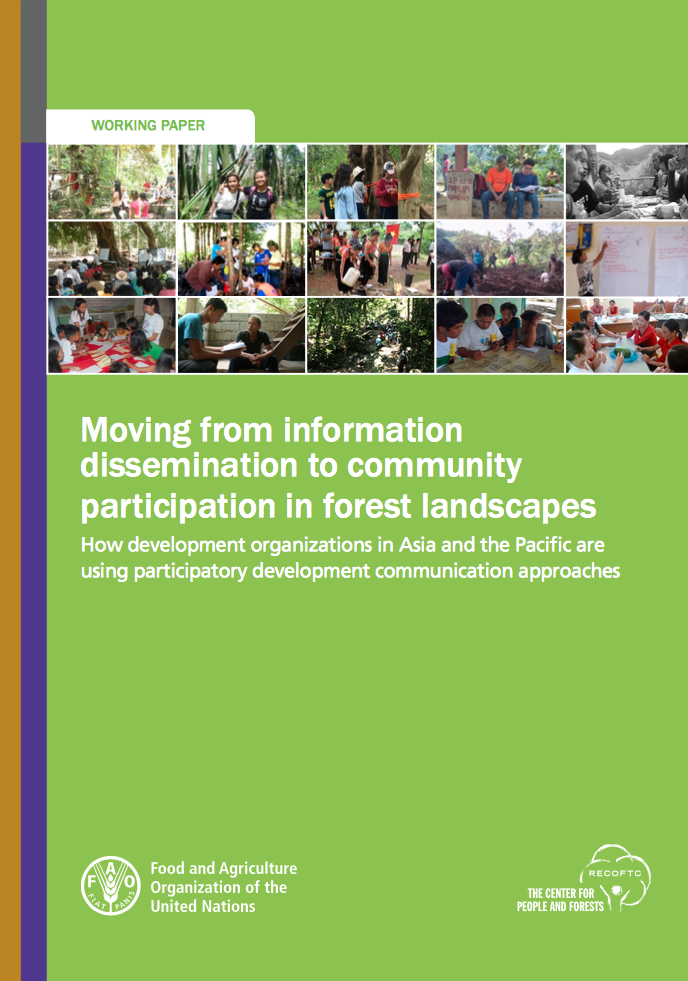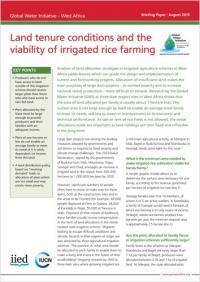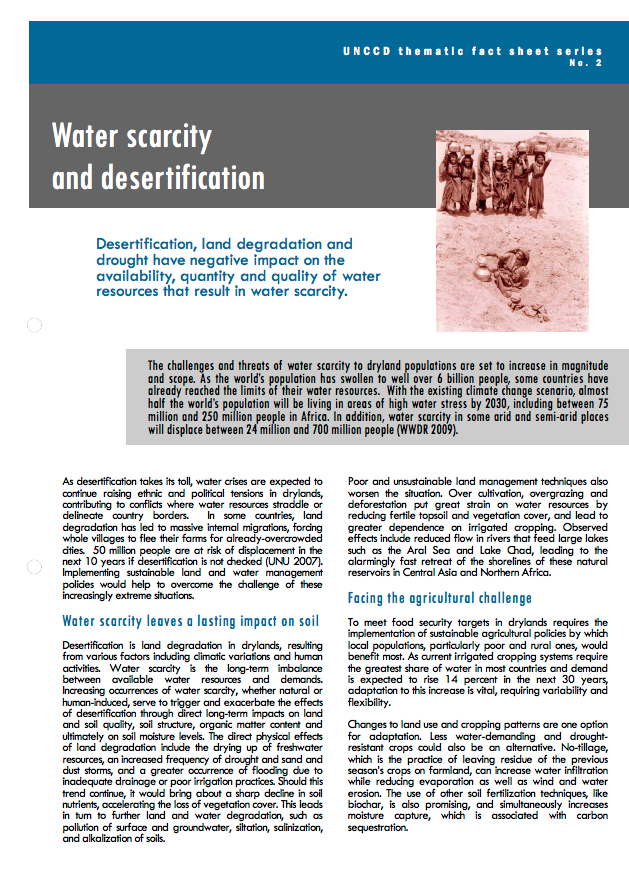Desarrollo rural
AGROVOC URI:
Rural development in Baltic States: case study of Lithuania (survey of the last century)
Aim of the paper: in order to create the new most appropriate model of rural development in Lithuania, it is necessary to analyse specific situation, created under the influence of the last century historical events and its long-term consequences. Lithuania, as well as other Baltic states, has created the agrarian sector under the very complicated economical, social, and cultural circumstances. Each Baltic state (Lithuania, Latvia and Estonia) had some specific features of rural development, which were formed during the last century.
GIS application planning at Urban and Rural Planning Department Selangor State
Land-use and land-base patterns in non-industrial private forests: Factors affecting forest management in Northern Spain
There is increasing worldwide interest in land-use allocation and management within the sphere of rural planning and development. The study of land-use patterns mainly focuses on understanding the practices and values of individuals involved, and no debate of this issue would be complete without taking into account non-industrial private forest (NIPF) ownership as a key component in most rural areas worldwide.
WHO WILL OWN THE LAND?
Eltelt két évtized és hazánk, valamint az agrárvilág újra attól hangos, mint két évtizeddel ezelőtt, hogy kié lesz a föld? Ebben sok minden közrejátszott, de mindenekelőtt az, hogy a rendszerváltozáshoz ziláltan érkezett az agrárgazdaság, a vidék, s a földek reprivatizációja helyett kárpótlásra került sor, elmaradt a parasztság rehabilitációja, s főleg hogy egyetlen kormány sem foglalkozott stratégiai, szociális, környezetfenntartó súlyának megfelelően a vidékkel, a mezőgazdasággal. Ugyan 2001-ben lépéseket kezdeményeztek a családi gazdaságok felkarolására, de ez nem folytatódott.
[Latin American cooperation in the agenda of rural areas development]
The analysis on the change of farming lands in the territory of middle Lithuania
Land means the basic part of the natural environment, the basic instrument of human life, activity and immovable property, which is being disposed of in the process of land relation. Land should be used when coordinating private and public interests as well as environment protection requirements.
Categorising farming practices to design sustainable land-use management in mountain areas
In European mountain areas, shrub encroachment resulting from farmland abandonment is most often managed by mechanical operations such as roller chopping or controlled burning, which have proved to be ineffective and unsustainable. Recent agroecological findings highlight the potential impact of grazing on long-term shrub dynamics. We thus explored the potential contribution of livestock farms to the management of shrub encroachment.
Moving from information dissemination to community participation in forest landscapes
Traditionally, in the context of environment and natural resources management, many communication efforts have focused on the dissemination of technical information to end-users who were expected to adopt them. Development practitioners were trying to ‘push’ their products on communities in order to receive community commitment to their development initiatives.
Land tenure conditions and the viability of irrigated rice farming
Analysis of land allocation strategies in irrigated agriculture schemes in West Africa yields lessons which can guide the design and implementation of current and forthcoming projects. Allocation of insufficient land makes the main purposes of large dam projects – to combat poverty and to increase national cereal production – more difficult to achieve. Research by the Global Water Initiative (GWI) at three dam project sites in West Africa shows that the area of land allocated per family is usually about 1 hectare (ha).
Water scarcity and desertification
The challenges and threats of water scarcity to dryland populations are set to increase in magnitude and scope. As the world’s population has swollen to well over 6 billion people, some countries have already reached the limits of their water resources. With the existing climate change scenario, almost half the world’s population will be living in areas of high water stress by 2030, including between 75 million and 250 million people in Africa. In addition, water scarcity in some arid and semi-arid places will displace between 24 million and 700 million people (WWDR 2009).




